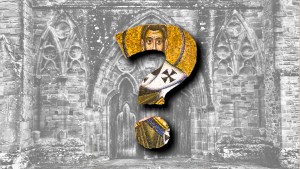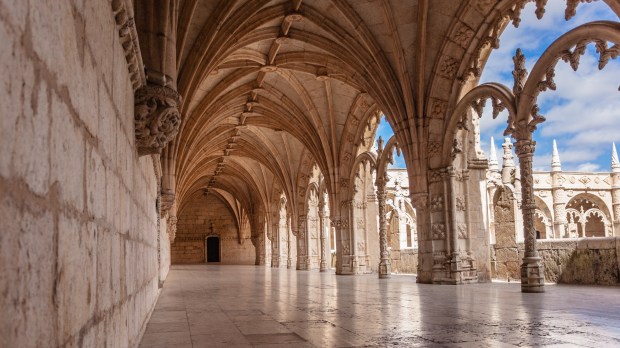The word catholic has a history that predates Christianity itself. Its use, however, has evolved over centuries to represent a significant denomination of Christianity. Whereas the use of the term in reference to the Christian Church dates back to the very early days of Christianity, its meaning has developed in parallel with the growth and diversification of the same Christian faith. The term is derived from the Greek word katholikos — a word that might mean either “universal” or “according to the whole” (kat holós). In the early days of Christianity, the term was used to emphasize the universality and unity of the Christian faith, irrespective of cultural, geographical, or linguistic differences.
In that sense, for at least 1,000 years, Catholicism was Christianity. That is, Catholicism is the oldest, and surely one of the most diverse of all Christian traditions.
This diversity includes a wide array of monastic orders and traditions, each with its own unique characteristics, spiritual focus, and history. While they all share the general orientation of a life dedicated to God through prayer, service, and community living, these orders differ significantly in their customs, rules, and charismas.
Although we have tackled this subject before in humorous terms, here we try to explore some of the most prominent monastic orders within Catholicism, and what sets them apart, in a more serious tone.
- Benedictines: The Benedictine order, founded by St. Benedict of Nursia, is known for its remarkably balanced life of prayer and work – ora et labora. They are organized according to the famed Rule of St. Benedict, and typically live in monasteries. Their life centers around the Liturgy of the Hours, lectio divina, mostly manual labor and community living.
- Cistercians: An offshoot of the Benedictine Order, Cistercians follow a slightly stricter interpretation of the Rule of St. Benedict: they emphasize austerity, simplicity, and solitude. Cistercian monasteries are often located in remote areas to foster silence and contemplation.
- Carthusians: The Carthusian Order is one of the most austere of all. Members live in individual cells within a monastery and come together only for certain liturgical services. They dedicate their lives to strict contemplative prayer and silence, and oftentimes work alone in individual gardens where they grow their own crops. Some of them are hermits.
- Trappists (Cistercian Order of the Strict Observance): A stricter branch of the Cistercians, Trappists emphasize silence, solitude, and manual labor. They lead a life of prayer, work, and self-sufficiency in remote monastic settings. Eremitic experiences like that of Thomas Merton, although unusual, are still allowed within this Order.
- Carmelites: Carmelites focus on contemplative prayer and developing a deep relationship with God –“a life in allegiance to Jesus Christ,” as read in the Rule of St. Albert, which they follow. Their spirituality is centered on the interior life and seeking God in silence.
- Camaldolese: The Camaldolese Order, founded by St. Romuald, combines elements of the eremitical and cenobitic monastic traditions. Members may live as hermits or in small communities. While they follow the Rule of St. Benedict, they include other traditional eremitical practices.
- Discalced Carmelites: This branch of the Carmelites, following the reforms of Spanish saints Teresa of Ávila and John of the Cross, places a strong emphasis on solitude and contemplative prayer. They practice stricter self-discipline, and strive for spiritual depth.
- Hieronymites (Order of St. Jerome):The Hieronymites follow the Rule of St. Augustine and were originally hermits. They are known for their commitment to solitude and prayer. Over time, they evolved into a more cenobitic style of community life but retained their focus on contemplation and spiritual discipline. Their spirituality is centered around communitarian life and the study of Scripture.
These contemplative monastic orders all share a common commitment to a life of prayer, silence, and seeking God through contemplation. What distinguishes them are the specific traditions, rules, and practices that each order follows. They offer unique paths for individuals to follow their own personal calling through a life of shared solitude, service, and contemplation.



